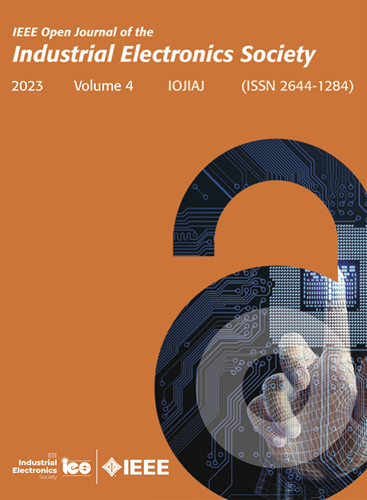Phenomenon, Modeling, and Analysis of Transient Power Impacts and Oscillations in Fast-Moving Dynamic Wireless Power Transfer System
IF 7.2
1区 工程技术
Q1 AUTOMATION & CONTROL SYSTEMS
引用次数: 0
Abstract
Unlike the phenomenon where the transfer power of dynamic wireless power transfer (DWPT) systems synchronously changes with the coupling coefficient under low-speed conditions, as the vehicle speed increases, DWPT systems exhibit transient issues such as power instantaneous impacts and sustained oscillations. These excessive power impacts and oscillations will not only demand capacities several times the rated power for the converters and compensation networks but also lead to system instability, stress overloads, and device damages. Currently, to the best of the authors’ knowledge, the mechanisms of the transient power impacts and oscillations in fast-moving DWPT systems are not reported. Thus, this article established a dynamic model for the fast-moving DWPT system to describe its dynamic response. Based on the analysis of the system transfer function and frequency response, the power impacts and oscillations can be quantified by equating the vehicle speed to the input frequency of the system transfer function. Then, a circular experimental prototype for the fast-moving DWPT system has been built to verify the correctness and accuracy of the theoretical analysis. The experimental results with different vehicle speeds exhibit good agreement with the established model and analysis conclusion. Finally, the mechanisms of the transient power impacts and oscillations in fast-moving DWPT systems are clarified.快速移动动态无线电力传输系统中瞬态电力冲击和振荡的现象、建模和分析
与低速条件下动态无线功率传输(DWPT)系统的传输功率随耦合系数同步变化的现象不同,随着车速的增加,DWPT系统会出现功率瞬时冲击和持续振荡等瞬态问题。这些过度的功率冲击和振荡不仅会对转换器和补偿网络的额定功率产生数倍的需求,而且还会导致系统不稳定、应力过载和设备损坏。目前,据作者所知,暂态功率冲击和振荡在快速移动DWPT系统中的机制尚未报道。因此,本文建立了快速运动DWPT系统的动态模型来描述其动态响应。在分析系统传递函数和频率响应的基础上,通过将车速等同于系统传递函数的输入频率,可以量化动力冲击和振荡。然后,建立了快速运动DWPT系统的圆形实验样机,验证了理论分析的正确性和准确性。不同车速下的试验结果与所建立的模型和分析结论吻合较好。最后,阐明了快速运动DWPT系统的暂态功率冲击和振荡机理。
本文章由计算机程序翻译,如有差异,请以英文原文为准。
求助全文
约1分钟内获得全文
求助全文
来源期刊

IEEE Transactions on Industrial Electronics
工程技术-工程:电子与电气
CiteScore
16.80
自引率
9.10%
发文量
1396
审稿时长
6.3 months
期刊介绍:
Journal Name: IEEE Transactions on Industrial Electronics
Publication Frequency: Monthly
Scope:
The scope of IEEE Transactions on Industrial Electronics encompasses the following areas:
Applications of electronics, controls, and communications in industrial and manufacturing systems and processes.
Power electronics and drive control techniques.
System control and signal processing.
Fault detection and diagnosis.
Power systems.
Instrumentation, measurement, and testing.
Modeling and simulation.
Motion control.
Robotics.
Sensors and actuators.
Implementation of neural networks, fuzzy logic, and artificial intelligence in industrial systems.
Factory automation.
Communication and computer networks.
 求助内容:
求助内容: 应助结果提醒方式:
应助结果提醒方式:


